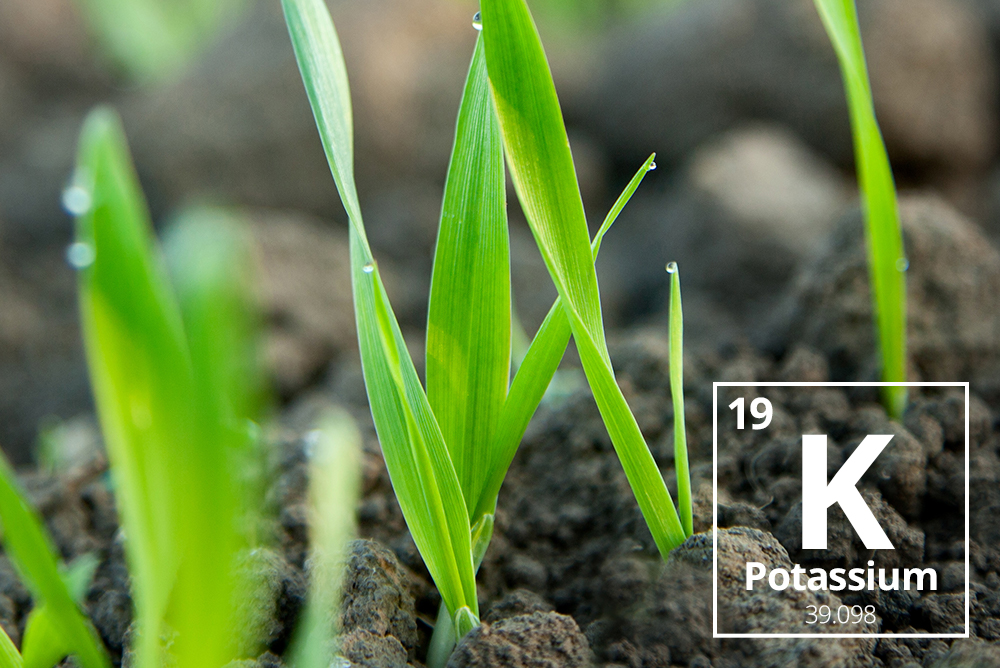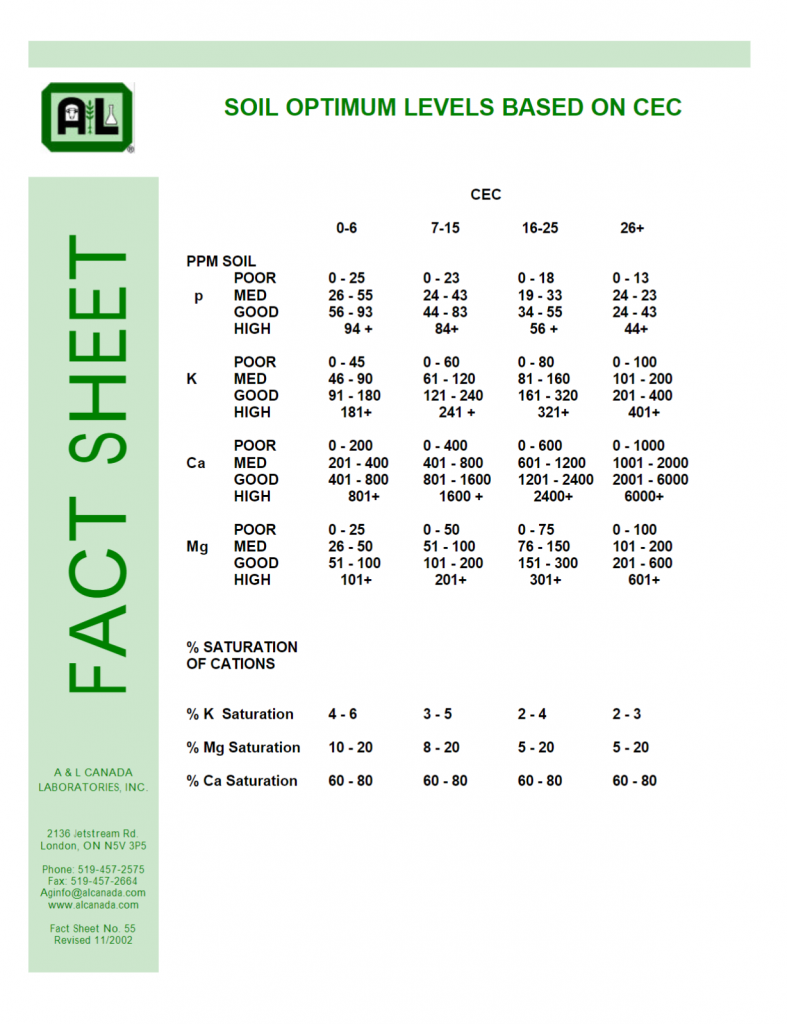
Agricultural Nutrient Profile: Potassium (K)-Part 3
How other nutrients affect potassium uptake in plants
Because of its essential role in plant health, it is important to have optimum levels of potassium in the soil – and that its uptake is not impeded. But did you know that an imbalance of certain soil nutrients can hinder potassium uptake in plants?
A balancing act of cations
Potassium (K), magnesium (Mg) and calcium (Ca) are all considered cations: positively charged molecules that work in harmony to hold the negatively charged soil together. Essentially, cations provide soil structure.
The ratios of these nutrients serve as key indicators of soil health, and are used to measure potassium levels.
While there is no such thing as an ideal ratio between the main three cations, we do know that increasing or lowering the ratios of magnesium or calcium can have a direct correlation to potassium levels and uptake.
K:Mg ratio
In unbalanced soils, magnesium can limit the uptake of potassium and vice versa. For example, elevated magnesium levels are shown to reduce potassium availability, especially in high-demand crops.
Other Cation ratios:
An excess of calcium can also restrict uptake of potassium. This has shown to be the case in some high pH soils.
In acidic soils, potassium uptake can be impacted by higher than average levels of other cations, including hydrogen (H), aluminum (Al) and iron (Fe), among others. These excess elements can compete with K for entry into the plant, and/or create soil conditions that do not lend themselves to efficient potassium utilization.
Cation Exchange Capacities
The sum of the absorbed cations is called cation exchange capacity (CEC). The optimal number for CEC can be found on the chart below. The CEC chart also shows the optimum balance of cations by CEC or soil type. In general, the optimum %K should range from 3-5%. If your soil sample falls below this number, it is generally advised that K be supplemented through a fertility program.
CEC and soil pH:
Potassium is not generally considered to be leachable. However, in acidic soils with a low Cation Exchange Capacity (CEC), we find that K can be leached somewhat. This lead to a Potassium deficiency – resulting in lower yield and poorer crop quality.
Use regular soil tests to determine available Potassium in your fields
Don’t wait for signs of deficiency. Soil testing will provide you with an accurate reflection of potassium availability. Regular testing allows you to compare results from one test to the next so you can identify any upward or downward trends.


